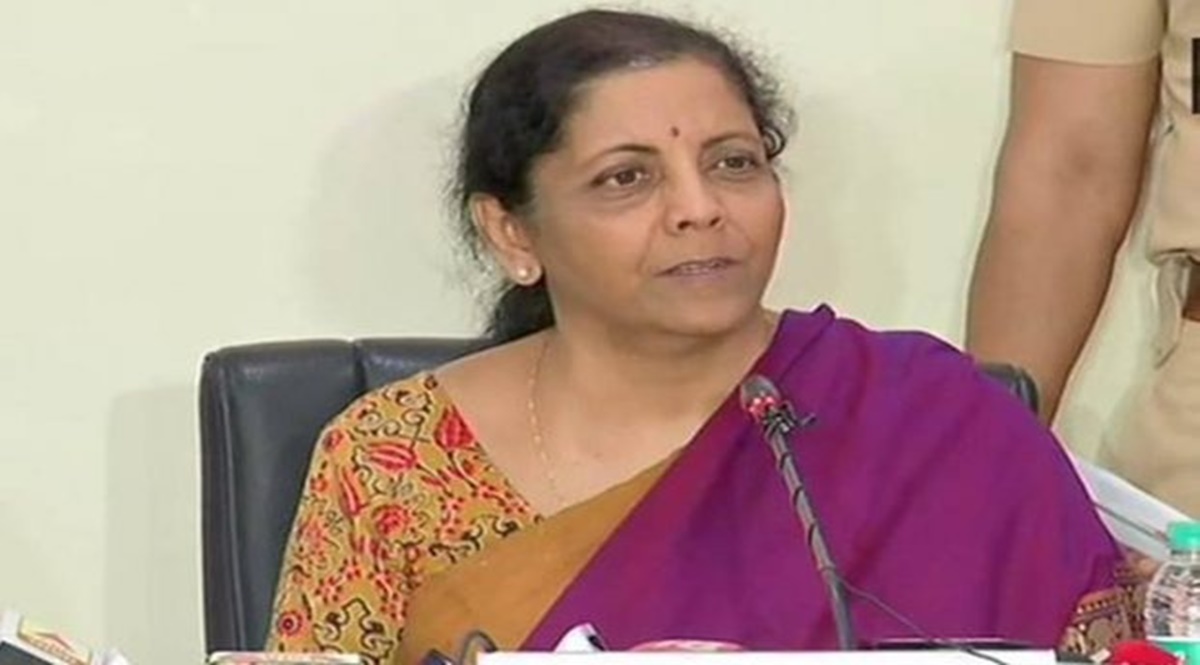08 Apr , 2022 By : monika singh

Finance minister Nirmala Sitharaman will huddle with chiefs of public-sector banks (PSBs) on April 23 to review the performance of various lenders, with specific focus on credit flow into critical sectors of the economy, sources told FE.
The meeting, convened by the department of financial services (DFS), comes at a time when the government wants banks to satiate the growing credit appetite of a fast-recuperating economy that is also facing considerable external headwinds in the wake of the Russia-Ukraine conflict. The minister is also likely to review the progress of key government programmes, including the Rs 5-trillion guaranteed loan scheme (known as ECLGS) for MSMEs and other businesses.
While credit flow has improved in recent months amid prodding by the government, bankers are yet to shun risk aversion considerably, said one of the sources. “There is scope to boost credit further while meeting all the prudential norms, especially when economic activities have improved in recent months due to the lifting of Covid-related curbs,” said the source.
Non-food bank credit grew 8% in February, compared with 6.6% a year before. However, loans to industry grew at a slower pace of 6.5% even on a favourable base (it had risen just 1% in February 2021). Within industry, credit growth to the metals, cement, construction, gems & jewellery and textiles sectors decelerated in February, although loan flow to several others, including infrastructure, improved.
This is despite the fact that daily liquidity in the banking system continued to remain in surplus since June 2019. According to a CARE Ratings report, the average net outstanding liquidity surplus for the week through April 1 stood at Rs 6.27 trillion, up by Rs 1.1 trillion from the previous week.
Importantly, no state-run bank suffered losses in the first three quarters of FY22; in fact, together, they recorded a net profit of Rs 48,874 crore during this period. This is higher than the profit of Rs 31,820 crore in the entire FY21, which was the highest in five years. According to the RBI data on domestic operations, state-run banks’ gross bad loans dropped to 8.18% of gross advances by December 2021 from 9.36% as of March 2021 and compared with 15.52% as of March 2018. Their capital adequacy was about 14.3% as of June 2021, well above the requirement of 10.875%. The improved financials have significantly bolstered their ability to lend adequately, according to official sources.
Already, scores of independent analysts have trimmed their forecasts for India’s real growth for FY23 in the range of 40 basis points to 170 basis points, citing risks from elevated energy prices. Some of them expect economic growth to range between 7% and 8.5% this fiscal.
In the build-up to Diwali in October, the finance ministry had also advised state-run banks to start a nation-wide loan outreach programme and take advantage of a potential rise in credit demand.
The PSBs have already been asked by the finance ministry to join hands with fintech firms and non-banking financial companies to step up disbursement to even small borrowers. They have also been asked to hold talks with exporters and various associations to support their loan requirements.
The move is also expected to provide a leg-up to the one-district-one-product export theme mooted by Prime Minister Narendra Modi.
0 Comment